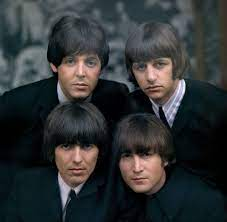Reflecting on the Canonicity of Bob Dylan

The artist in rock and roll history who has the most literary significance, and perhaps the artist who is the most responsible for moving forward the boundaries of artistic expression in English-speaking culture in the rock and roll era, is Bob Dylan. He grew up in Minnesota and came to New York City in the early years of a cultural revolution and began integrating himself into a folk music tradition that was increasingly indebted to rock music as it pushed itself to the popular consciousness. His songwriting is potent and features an insistence on running back and forth between the interpersonal and the political. In that expressive space, he opened up a way for Americans to consider how their personal lives and their yearnings fit into a bigger picture in our changing landscape. One other major feature in assessment of the canonicity of Bob Dylan as a primary figure in rock music history and rock influence is his enigmatic image. That is where he shows his greatest r...

